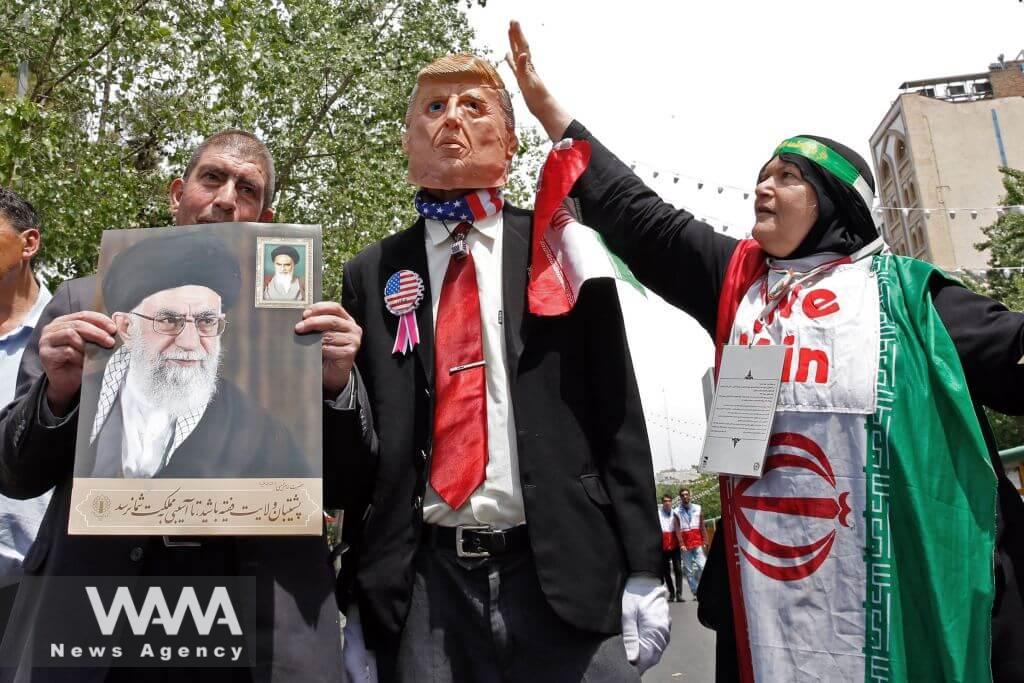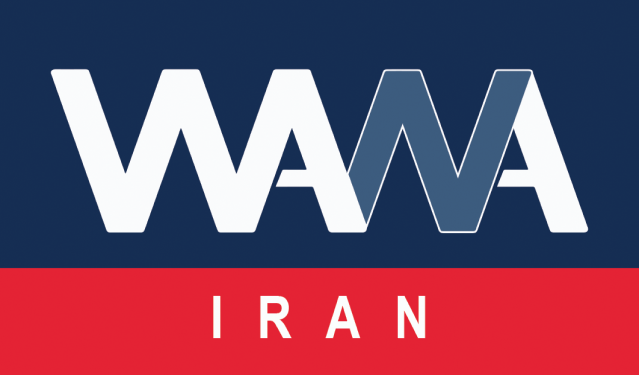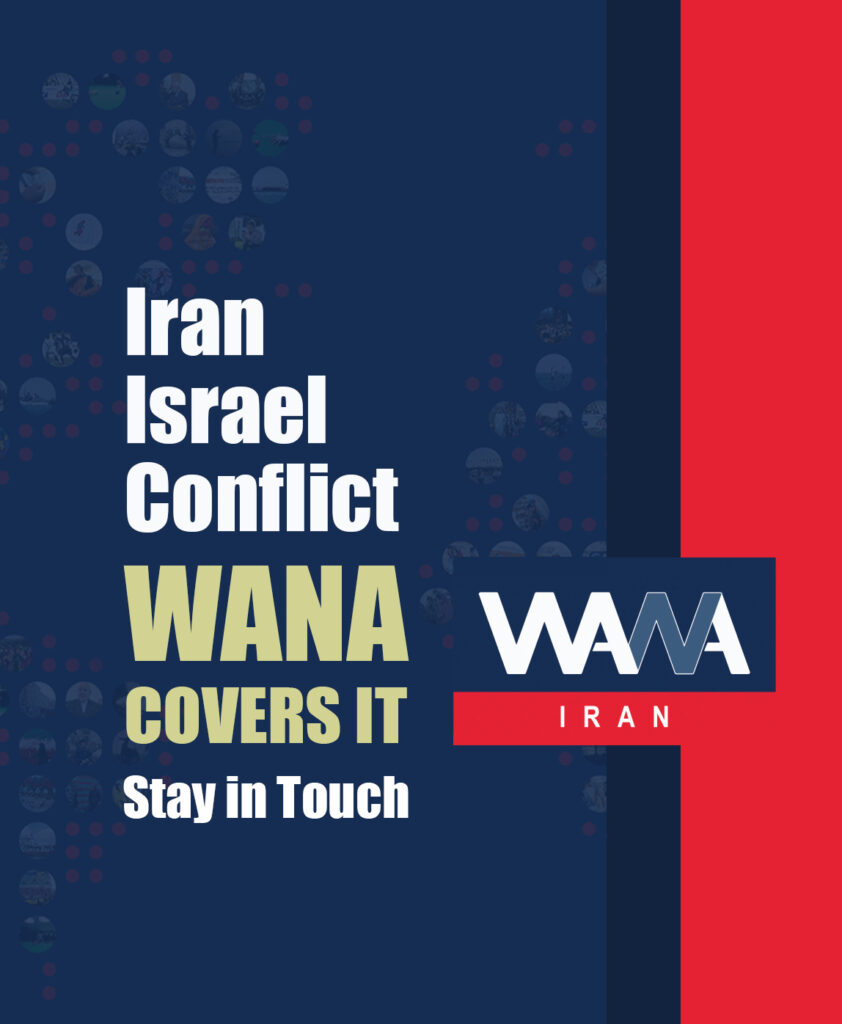Snapback Mechanism: A Comprehensive Overview
WANA (Jan 14) – October 2025 marks a crucial milestone in global diplomatic equations, as UN Resolution 2231 expires and all related sanctions on Iran are officially lifted. However, the European members of the JCPOA—Germany, France, and the United Kingdom—have already escalated tensions by threatening to activate the “Snapback” mechanism.
During a Security Council meeting in December, the E3 explicitly declared their intention to use all diplomatic tools, including the Snapback mechanism, to prevent Iran from acquiring nuclear weapons.
This stance comes amidst significant disruptions to the JCPOA since the United States unilaterally withdrew from the agreement in 2018. In particular, Iran’s decision to begin scaling back its nuclear commitments in 2019 has cast further doubt on achieving the primary goals of the JCPOA: building trust in exchange for the permanent lifting of nuclear-related sanctions.

Diplomacy Against the Snapback Mechanism
WANA (Dec 30) – “The year 2025 is a pivotal year for Iran’s nuclear issue,” declared Iran’s Foreign Minister, Seyed Abbas Araqchi, during his first visit to Beijing since assuming office. This statement, made just days before the new year, highlights a key date within the 2015 nuclear deal (JCPOA). According to the JCPOA, […]
Snapback Mechanism: Diplomatic Challenge or Pressure Tool?
Article 36 of the JCPOA outlines a dispute resolution mechanism designed to address tensions in a structured and specific manner. Under this article, if Iran or any member of the P4+1 (the group revised after the U.S. withdrawal) disputes a party’s compliance, the issue can be referred to the Joint Commission of the JCPOA.
If no resolution is reached, the matter may then escalate to the UN Security Council, which must decide within 30 days whether to extend sanctions relief. If the Council fails to adopt a resolution, the previous sanctions automatically snap back into effect.
The most notable feature of this mechanism is that even permanent members of the Security Council, such as China and Russia, cannot veto the reinstatement of sanctions. This unique aspect has led many analysts to describe the Snapback mechanism as a “double-edged sword.”

Uncertainty over the JCPOA’s Future
The E3 have previously warned that they may activate the Snapback mechanism before October 2025 if Iran fails to fully return to its commitments. Yet, can such a step achieve the desired outcome?
Domestic and international critics of the JCPOA argue that including such a mechanism was a fundamental weakness of the agreement. However, it is important to remember that the JCPOA was forged in an environment of deep distrust between Iran and global powers. Mechanisms like Snapback, though controversial, were intended to provide reassurance to both sides at the time.

The Final Opportunities for the JCPOA
WANA (Dec 21) – One of the reasons behind the urgency of renewed negotiations over the JCPOA (Joint Comprehensive Plan of Action) is the approaching expiration of a specific provision in the agreement in October 2025. If the remaining 10-month period passes without successful negotiations, the “snapback” mechanism will be triggered automatically, reinstating the […]
Diplomacy on the Path to Reducing Tensions
Despite existing tensions, Iran has consistently emphasized its willingness to engage in dialogue with Europe. According to the spokesperson for Iran’s Ministry of Foreign Affairs, talks with representatives from the European Union and the E3 were planned in New York, with the first round taking place in December.
These discussions, initiated to address misunderstandings, are set to continue this winter. Iranian officials stress that, in addition to resolving current disputes, the negotiations aim to pave the way for a comprehensive agreement.

Iran Warns Against Misuse of Snapback Mechanism
WANA (Dec 18) – The Iranian Ambassador and Permanent Representative to the United Nations has emphasized Tehran’s commitment to diplomacy and dialogue while warning European countries that any misuse of the snapback mechanism will be met with a decisive and proportional response from Iran. During a UN Security Council meeting on Resolution 2231 and […]
Potential Game-Changers: Iran’s Leverage
The Islamic Republic of Iran has repeatedly stated that it possesses various tools to counter international pressure. These include threats to withdraw from the Nuclear Non-Proliferation Treaty (NPT), a strategy previously proposed by former Foreign Minister Mohammad Javad Zarif.
As October 2025 approaches, the fate of the JCPOA and the surrounding dynamics are reaching a critical turning point. Will the parties succeed in finding a comprehensive solution to end this protracted dispute, or will the challenges escalate to a new level of confrontation? Only time will provide the answer.













